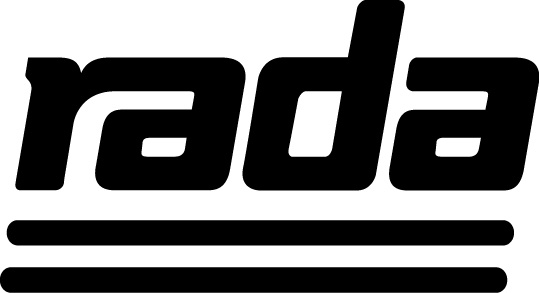Why school bathrooms should be better than bog standard

By Senior Marketing Manager, Mike Healey
With schools facing budget pressures, we understand that investing in all parts of the school can be challenging. Teaching resources will understandably always come first, but the importance of other facilities shouldn’t be underestimated.
School washrooms are a good example. Probably not something high on many schools’ investment priorities, but an area that has a surprisingly important role to play in student welfare.
In a survey of 100 schools by the London School of Hygiene and Tropical medicine, a third of children said their washrooms were never clean and a quarter went as far as to say they were disgusting. The research also found that poorly-maintained facilities led to some children avoiding the toilets altogether.
It’s clear that these environments can have a profound effect on students. A further survey by the Journal of School Health found that negative perceptions of school toilet environments can lead to irregular toilet habits, which can contribute to health problems and can lead to reduced concentration. There have also been multiple studies which show that a clean and well-maintained washroom environment promotes improved behaviour and academic performance.
And of course, there are potentially serious health consequences for poor quality washrooms. Bacteria can thrive in old or poorly-maintained taps and pipework, leading to infection or illness among students and staff. Scalding can also be a serious risk with old taps that don’t have thermostatic controls.
So, what’s the answer when budgets are stretched?
For best value, it’s a case of investment in the right areas. Awareness campaigns to encourage students to wash their hands will always make an impact and many schools are doing great work.
In terms of facilities, modern taps are designed to help eliminate the presence of bacteria and guard against scalding with precise temperature control. Energy and water savings will almost certainly be achieved too, resulting in further cost savings. Some also provide automated functions, such as duty flushing, which can save further time and resources and deliver more accurate infection control.
Investing in the upkeep of equipment is another good strategy. A good service plan gives peace of mind, and ensures taps are always working safely and efficiently. And in the long run money can be saved as equipment lasts longer and those often costly breakdowns are avoided.
There’s plenty of advice for schools when it comes to improving washrooms. The Department for Education has published a guide on premises management and our team always happy to help with any questions. Please feel free to get in touch.
